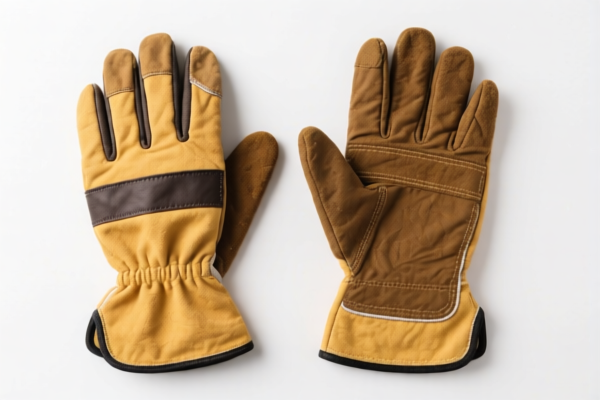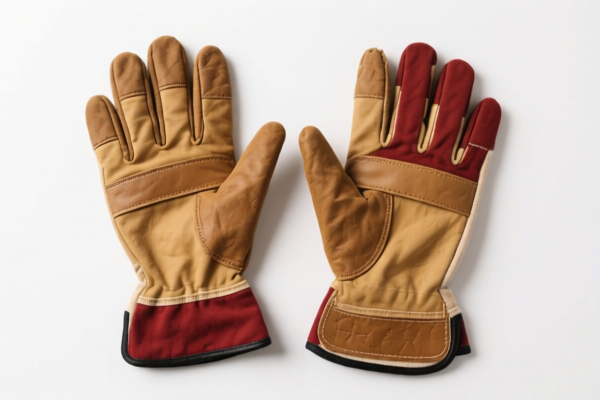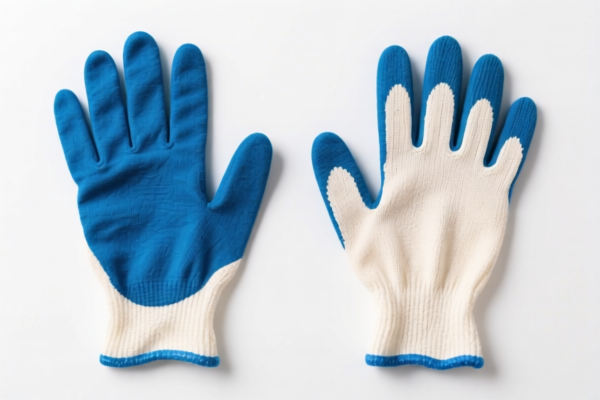| HS Code | Official Doc | Tariff Rate | Origin | Destination | Effective Date |
|---|---|---|---|---|---|
| 6116910000 | Doc | 31.2¢/kg + 7%+37.5% | CN | US | 2025-05-12 |
| 6117101000 | Doc | 47.1% | CN | US | 2025-05-12 |
| 6117808720 | Doc | 35.0% | CN | US | 2025-05-12 |
| 4203294000 | Doc | 67.6% | CN | US | 2025-05-12 |
| 4205000500 | Doc | 57.9% | CN | US | 2025-05-12 |
| 4205008000 | Doc | 55.0% | CN | US | 2025-05-12 |




Wool Gloves
Wool gloves are hand coverings constructed primarily from wool fibers, valued for their warmth, comfort, and natural properties.
Material
The primary material is wool, typically sourced from sheep, though other animals like goats (cashmere, mohair) and alpacas can be used. Different breeds of sheep yield varying qualities of wool, impacting softness, durability, and insulation. Common types of wool used include:
- Merino Wool: Known for its exceptional softness, fineness, and warmth. Often used in high-quality gloves.
- Lambswool: Soft and fine wool from young sheep, providing good insulation.
- Shetland Wool: Durable and slightly coarser wool, offering good warmth and texture.
- Cashmere: Extremely soft and luxurious wool from cashmere goats.
- Mohair: Silky and lustrous wool from Angora goats, providing warmth and a unique texture.
Often, wool gloves are blended with synthetic fibers like nylon or acrylic to enhance durability, stretch, and moisture-wicking properties. Linings may include silk, cotton, or synthetic materials for added comfort and warmth.
Purpose & Function
The primary function of wool gloves is to provide thermal insulation to protect hands from cold temperatures. Wool's natural crimp creates air pockets that trap heat, offering superior warmth compared to many other materials. Beyond warmth, wool gloves also offer:
- Moisture Wicking: Wool can absorb a significant amount of moisture without feeling wet, keeping hands dry and comfortable.
- Breathability: Wool fibers allow air circulation, preventing overheating and reducing sweat buildup.
- Comfort: The natural softness of wool provides a comfortable fit.
- Dexterity: While thicker wool gloves can reduce dexterity, finer wool types allow for reasonable hand movement.
Usage Scenarios
Wool gloves are used in a wide range of cold-weather activities:
- Everyday Wear: Commonly used for daily commuting and general cold-weather protection.
- Outdoor Activities: Popular for skiing, snowboarding, hiking, camping, and other winter sports.
- Work: Used in professions requiring hand protection in cold environments (e.g., construction, landscaping, forestry).
- Formal Wear: Fine merino wool or cashmere gloves are often used as a stylish accessory with formal attire.
Common Types
Wool gloves are categorized by several factors:
- Weight:
- Lightweight: Suitable for mild cold conditions.
- Midweight: Versatile for a range of temperatures.
- Heavyweight: Designed for extreme cold.
- Style:
- Classic Gloves: Traditional five-finger design.
- Mittens: Offer superior warmth due to the shared body heat of the fingers.
- Fingerless Gloves/Gloinetts: Provide warmth to the palm while leaving fingers free for dexterity.
- Convertible Gloves: Feature a fold-over design that allows for switching between glove and mitten modes.
- Features:
- Waterproof/Water-Resistant: Often treated with coatings or incorporating waterproof membranes.
- Touchscreen Compatibility: Featuring conductive material on fingertips for smartphone use.
- Reinforced Palms: Enhanced durability for work or rugged activities.
- Gauntlets: Extended cuffs for added protection and warmth.
Wool gloves fall under articles of apparel and clothing accessories, specifically knitted or crocheted gloves, mittens and mitts. Here's a breakdown of relevant HS codes based on the provided information:
-
6116910000: This HS code covers gloves, mittens and mitts, knitted or crocheted, categorized as "Other" and specifically made "Of wool or fine animal hair (431)". This means if the gloves are knitted or crocheted and primarily composed of wool or fine animal hair, this is the most applicable code. The tax rate includes a base tariff of 31.2¢/kg + 7%, with an additional 7.5%加征关税, increasing to 30% after April 2, 2025. The total tax rate is 31.2¢/kg + 7% + 37.5%.
-
6116910000 (Chapter 61): Chapter 61 generally covers articles of apparel and clothing accessories knitted or crocheted.
- 6116910000 (Heading 6116): Heading 6116 specifically focuses on gloves, mittens and the like, knitted or crocheted.
- 6116910000 (Subheading 611691): Subheading 611691 further defines the category as "Other" knitted or crocheted gloves, mittens and mitts.
It is important to note that the tax rate for HS code 6116910000 will change after April 2, 2025, with the additional加征关税 increasing to 30%.
Customer Reviews
No reviews yet.